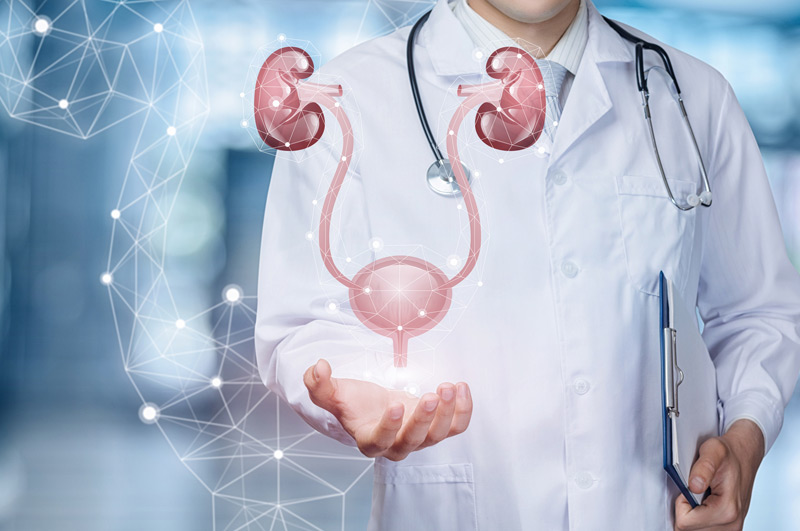Bladder diverticulum is a pouch that forms in the bladder wall and can be either congenital or acquired. Congenital diverticula often do not require treatment, while acquired diverticula are typically due to a blockage in the bladder outlet, which may result from urethral scarring or an enlarged prostate. Other potential causes include nerve damage or previous bladder surgery.
How a Healthy Bladder Works
The bladder is a balloon-like organ situated in the lower abdomen, responsible for collecting urine. It is supported by pelvic muscles and remains relaxed when not full. As the bladder fills with urine, the muscles in the bladder will cause the organ to expand. When full, nerve signals prompt the brain to instruct the bladder muscles to contract, pushing urine through the urethra and out of the body.


Symptoms of Bladder Diverticulum
Bladder diverticula often do not produce direct symptoms and are usually discovered during investigations for other urinary issues. These issues can include bladder stones, bladder tumors, difficulty urinating, urinary tract infections, and urine reflux.
Diagnosing Bladder Diverticulum
To diagnose a bladder diverticulum, an x-ray may be conducted after filling the bladder with a contrast dye visible on x-rays. Another diagnostic method is cystoscopy, a procedure during which a thin, lighted telescope is inserted into the bladder to look for tumors within the diverticulum. Urodynamic testing may be used to assess bladder function and check for obstructions, while ultrasound imaging can evaluate the impact of blockages on the kidneys.
Treatment Options for Bladder Diverticulum
If the bladder diverticulum is asymptomatic, treatment may not be necessary. However, if a blockage is present, both the blockage and the diverticulum may need to be removed. This can be achieved through open surgery or minimally invasive procedures using small tubes inserted into the bladder, sometimes with robotic assistance. Surgery on the external bladder may also be required, particularly if the diverticulum is infected and swollen.

The Recovery Process
After surgery, patients will need a catheter to drain their bladder for one to two weeks. Follow-up cystoscopy may be performed a few months post-surgery to inspect the diverticulum through the urethra. Potential risks of surgery include infection, urine leakage from the bladder, and damage to the intestines or ureters. However, surgery is often effective in alleviating symptoms caused by a bladder blockage, though additional open surgery may be necessary to completely remove the diverticulum.
Contact UCI Pelvic Health Center for Bladder Diverticulum Treatment
If you suspect you have a bladder diverticulum or are experiencing urinary issues such as frequent infections, difficulty urinating, or urine retention, the UCI Pelvic Health Center is here to help. Our team of specialists provides comprehensive care, from accurate diagnosis to effective treatment options tailored to your needs. Utilizing the latest diagnostic tools and advanced surgical techniques, our team is here to help restore your health.

